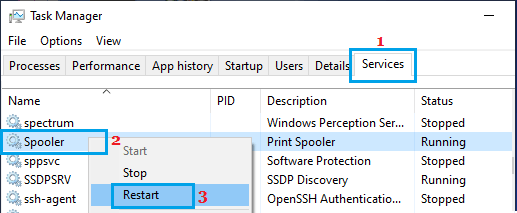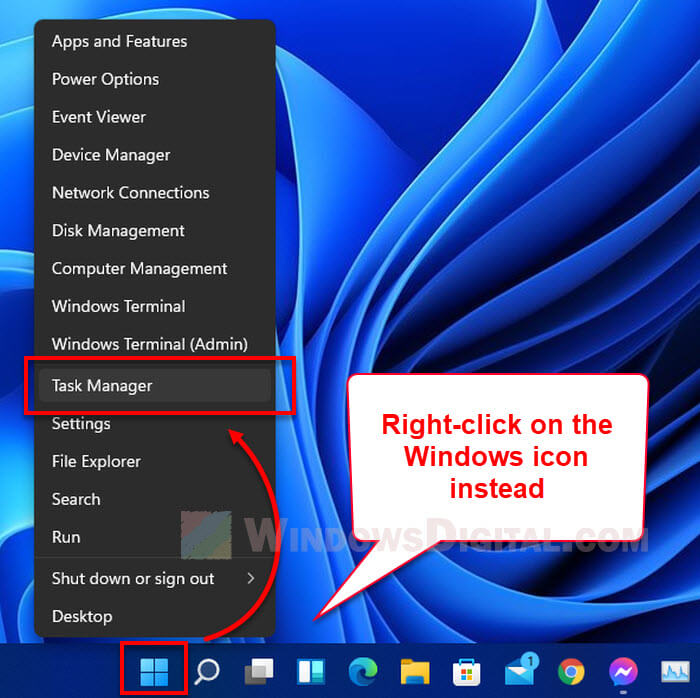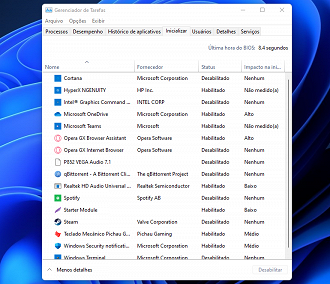


However, before you can use the Credential Manager to manage the login credentials, you’ll need to know how to access it. For example, an IT professional that requires detailed information about processes can use Process Explorer v15.31, which displays detailed information about open processes and Dynamic Link Libraries, along with graphic representations of CPU, memory, I/O and GPU activity.Are you looking for a password manager to save your login credentials securely? If yes, what better option can you find than the Credentials Manager? It’s a built-in password manager in Windows that stores web and Windows credentials. But organizations can choose third-party Task Manager replacements to tackle more demanding roles. It's important to remember that Task Manager is a basic tool and is not capable of advanced monitoring or management such as alerting. Users can be selected and logged off from the system to aid in logon or connectivity troubleshooting. Task Manager also lists end users who are currently logged onto a system. In addition, Task Manager allows the system to be shut down or restarted, which may be necessary when it is otherwise busy or unresponsive. Task Manager allows administrators to terminate applications and processes, adjust processing priorities and set processor affinity as needed for best performance.

IT professionals can use this data to identify unusual or unexpected software that could be malware or other unauthorized software. IT professionals can often check the Task Manager to quickly identify system bottlenecks that may be responsible for performance or stability problems before deploying more comprehensive or intrusive troubleshooting tools.Īs a management tool, Task Manager reports on applications and other Windows Task Manager processes (such as services) currently running on a Windows system. Later versions of Task Manager include disk and networking details as well.
:max_bytes(150000):strip_icc()/G2-OpentheTaskManagerinWindows11-OpentheTaskManagerinWindows11-annotated-ef081ace75b3407fa22299c57e83bcb2.jpg)
Each version of Windows makes slight changes to the utility's features and functionality, but Task Manager can always be launched with a Ctrl+Shift+Esc key combination, a Ctrl+Alt+Del key combination, or by right-clicking the taskbar and selecting Task Manager (or Start Task Manager) from the context menu.Īs a monitoring tool, Task Manager displays basic performance data and graphical representations of CPU, swap-file and memory use. Task Manager is included with Windows NT, Windows 2000, Windows XP, Windows Vista, Windows 7 and Windows 8. A task is a basic unit of programming that an operating system controls. Microsoft Windows Task Manager is a component of the Windows operating system (OS) that helps administrators and end users to monitor, manage and troubleshoot tasks.


 0 kommentar(er)
0 kommentar(er)
